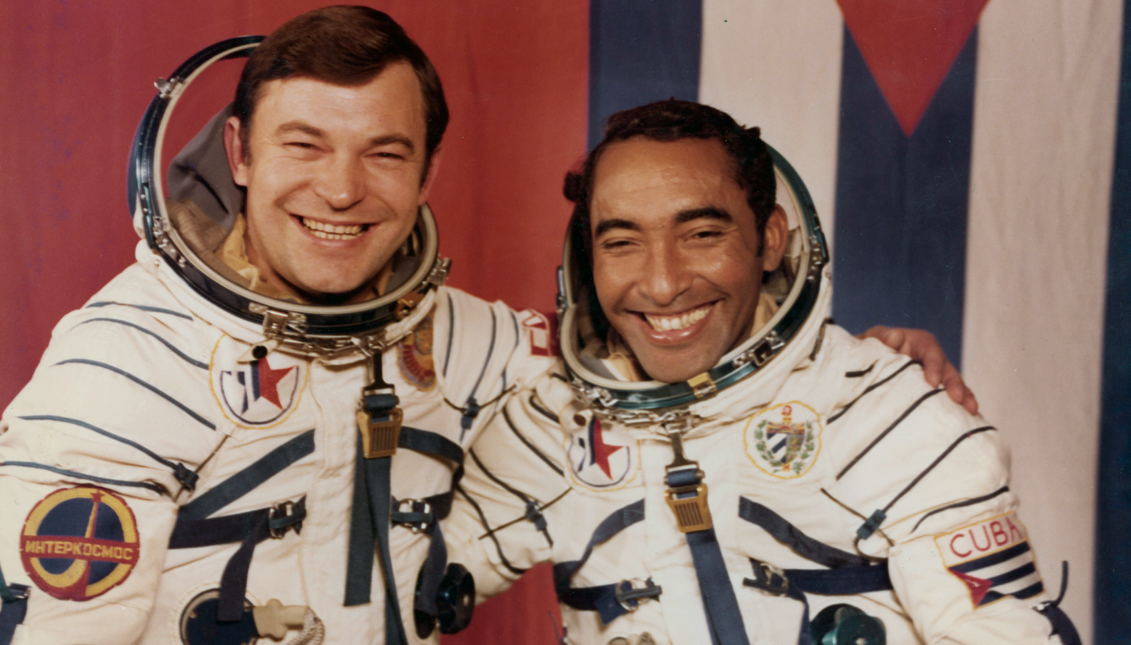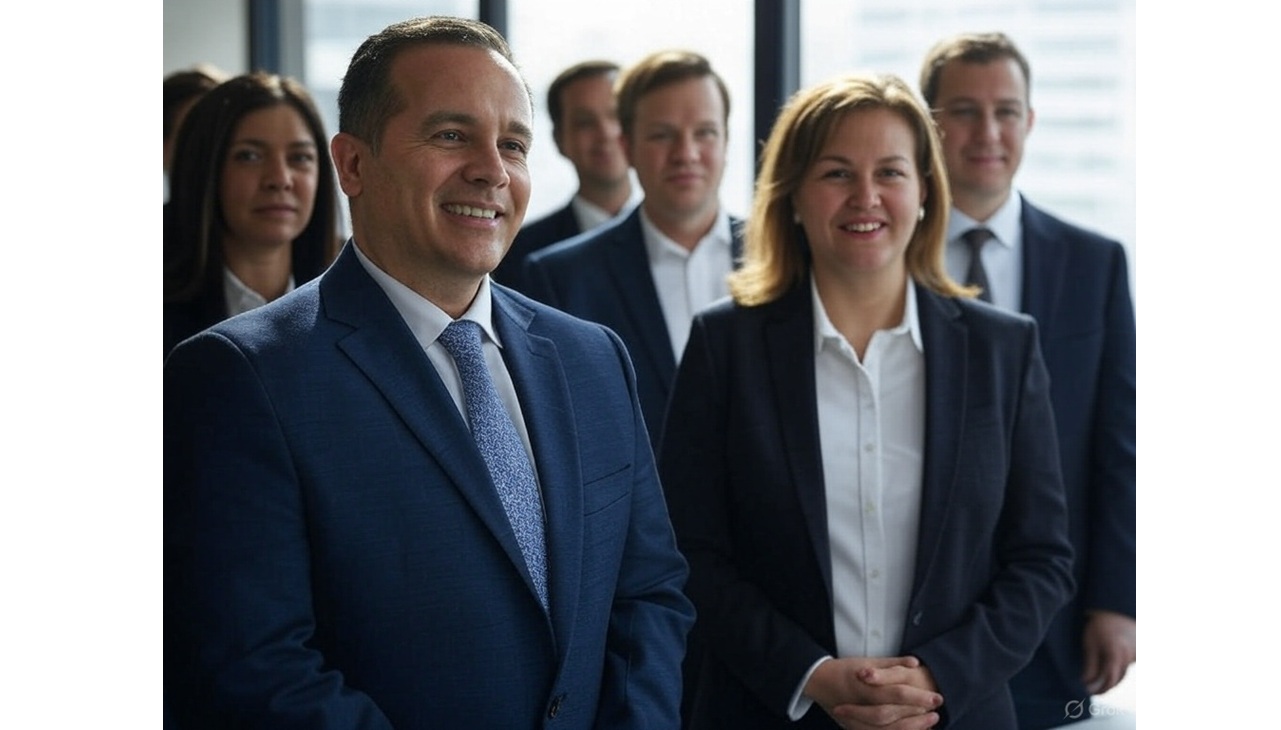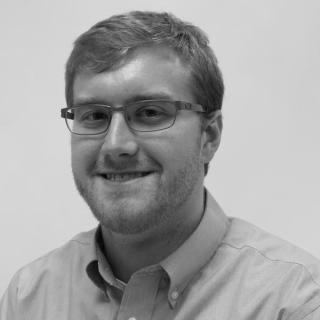
Cuba’s Only Cosmonaut: Arnaldo Tamayo Méndez
Arnaldo Tamayo Méndez was the first Latino and Black person to ever go to space. But we hardly hear about him.
April 12, 1961 was a monumental day in the history of humanity. It’s one American textbooks only mention briefly in favor of a famous landing that took place eight years later, but history nonetheless.
That day, Soviet pilot and cosmonaut Yuri Gagarin became the first human being to ever enter space as part of the mission, Vostok 1. Gagarin’s face was filmed throughout the one-hour-and-48-minute mission that also saw him become the first person to orbit the Earth.
Gagarin’s journey was the second major victory for the Soviet Union in the Cold War’s Space Race. The first was Sputnik 1, launched as Earth’s first artificial satellite by the USSR in 1957, but Gagarin represented the first human to visit space and return to tell the tale.
In short, he became a national and international hero — with even the U.S. giving underhanded props — and inspired interstellar dreamers across the world.
One of them was a 19-year-old Cuban that had just started a year-plus intensive flight training program at the Yeisk Higher Military Aviation School in the Soviet Union’s Krasnodar Krai — a subject in the Northern Caucasus.

His name was Arnaldo Tamayo Méndez, and flying was something on his mind from the time he was a little boy. However, his childhood didn’t leave much opportunity to pursue those passions beyond dreams.
Méndez was born to Luz María Tamayo Olivares on Jan. 29, 1942 in Baracoa, Guantánamo, Cuba. His mother was one of six children in a large family that lived in squalor.
Historically, Baracoa was the first capital of Cuba, declared all the way back in 1511 by Spanish conquistador Diego Velázquez de Cuéllar. But the city where Méndez was born was remote, with the only access coming via boat until 1961, when La Farola was built through the mountains, connecting it to the province’s capital of Guantánamo and Santiago de Cuba further southwest.
By that time, Méndez was already across the Atlantic learning how to fly fighter jets.
In his book, Un cubano en el cosmos (A Cuban in the cosmos), Méndez makes no mention of a father, and he was only eight months old when his mother passed away from tuberculosis.
“The backward health system, lacking suitable public institutions, did not have the resources to save the lives of hundreds,” Méndez wrote.
He goes on to describe the trauma his grandmother, Mariana, lived as she watched another of her children die, and their children be left abandoned.
“It was very difficult for her mother and the rest of the family to perceive the anguish of one who knows that life is abandoning her and forbids her to see her child grow up,” Méndez wrote.
Mariana would take in the infant Arnaldo alongside the orphaned children of her eldest son, also deceased. It wouldn’t be until Méndez was nine that his uncle, Rafael Tamayo, an auto mechanic, would sign documents to make him Arnaldo’s legal guardian.
His uncle was not rich, but him and his wife, Esperanza, provided Méndez with the stability he had lacked up to that point. It allowed him to dream again, no matter how impossible those goals seemed given his circumstances.
“Although I dreamed of flying from childhood, that was utterly unthinkable,” Méndez was quoted in the book, Interkosmos: The Eastern Bloc’s Early Space Program, written by Colin Burgess and Bert Vis.
“I had to start work early, a shoeshine boy — a poor man’s profession — or selling vegetables,” he continued
Other jobs Méndez held were as a milk delivery boy, and he was also an apprentice carpenter by the time he was 13. He excelled in school throughout it all, whether it be at the local one around his adopted family’s farm or as he got older and went off to Guantánamo.
The Cuba Méndez knew in his childhood was also one under military dictatorship. At 10, he saw firsthand the coup that overthrew the government of Carlos Prío to install U.S.-backed Fulgencio Batista as Cuba’s new leader in 1952. A year later, Méndez also saw the origins of the Cuban revolution, led by then-lawyer Fidel Castro.
The revolutionaries’ first raid on the Moncada Barracks in Santiago de Cuba was a complete failure, but they would succeed in toppling Batista’s dictatorship by 1959.
A 17-year-old Méndez was one of thousands of people storming the streets of Guantánamo when the news broke of Batista’s desertion.
A year after the revolution triumphed and Castro rose to power, Méndez would join the revolution in the Sierra Maestra Mountains, and later attended the Rebel Army’s Technical Institute. There, he followed his dream of flying into a course for aviation technicians.
Like when he was younger, Méndez passed with flying colors in 1961 and then decided to make a reality out of his dream and become a pilot. Along with the ambitions of flying in the sky, Méndez also looked to stars. However, he still felt it out of his reach.
“Also dreams of the cosmos, but I understand that is impossible,” Méndez is quoted by Burgess and Vis. “For small Cuba that is not possible, the conquest of space.”
It is then that he was selected to continue his studies in the Soviet Union.
There, Méndez was at first kept as just an airplane technician due to medical reasons, but he was later cleared and went on to the previously-mentioned Yeisk Higher Military Aviation School to learn to fly fighter jets.
With his training complete, Méndez returned to Cuba in 1962 to be a flight instructor with the Playa Girón Brigade of the Cuban Revolutionary Guard, and just in time to fly on behalf of Cuba and the Soviet Union during the Cuban missile crisis.
He would continue to fly over the next 15 years, rising the ranks of Cuba’s new air force to captain in 1975.
RELATED CONTENT
Eleven years before that, in 1964, Cuba had begun its own space research activities. They were on a much smaller scale than those being carried out by the Soviet Union and the U.S., but its efforts would get a significant boost when Cuba joined the Soviet Interkosmos program, which organized all of the USSR’s early crewed and uncrewed missions to space. It was the rival to NASA at the time, but also acted as a diplomatic venture with other countries in Europe, Asia and Latin America. Between 1977 and 1988, 14 non-Soviet cosmonauts went on missions as part of the Interkosmos program.
According to Burgess and Vis, the search for the first Cuban cosmonaut began in 1976, as the records of 600 army personnel were analyzed. Over the next two years, that list of 600 would get pared down to two: Méndez, then a fighter brigade pilot, and Cuban Air Force captain José Armando López Falcón.
In the end, it was Méndez who would become the seventh overall cosmonaut in the Interkosmos program. However, in reflecting on his selection, many observers see political motivations, especially from Fidel Castro.

In an article about Méndez’s story from online science publication, Inverse, Cathleen Lewis, a curator at the Smithsonian National Air and Space Museum, pinpointed the opportunity to paint a better picture of Cuba’s race relations while also taking a dig at the U.S. for its own struggles on the issue.
“People like Fidel Castro would not have been blind to the fact that sending a Black man into orbit before the Americans did was a propaganda coup,” Lewis told Inverse.
Rather than be lauded as the first Black man in space in the lead up and aftermath of his trip to space, Lewis also highlighted how Méndez was instead celebrated as the first Latin American and Cuban.
Nevertheless, on Sept. 18, 1980, Méndez made history as part of Soyuz-38 alongside fellow cosmonaut Yuriy Romanenko. They docked at the Salyut-6 Space Station on Sept. 18, and it was Méndez who first met cosmonauts Leonid Popov and Valeriy Ryumin as the hatch opened and was sealed. Castro watched the mission report on TV as it happened.
When thinking back about the experience of seeing space in his book, Méndez remembered a proverb.
“Now I could confirm with my own eyes: ‘It is better to see once than to hear a hundred times,’” he wrote of something he heard often from other cosmonauts in training.
Méndez and Romanenko would spend the next seven-plus days in space — completing 124 orbits — and land back to Earth on Sept. 26, 1980.
For the Cuban, he was an instant national hero, becoming the first person ever honored with the Hero of the Republic of Cuba medal. Méndez was also named a Hero of the Soviet Union and received the Order of Lenin, the highest civilian recognition given by the Soviet Union.

Later in life, Méndez would rise to brigadier general, lead the Cuban army’s education efforts, and then director of its international affairs. He would also serve as a deputy in the Cuban National Assembly for his home province of Guantánamo.
He is still alive to this day, and his space suit still sits on display in Havana’s Museum of the Revolution.
It has hardly been seen by American audiences, and Méndez’s story is hardly heard because of politics.
Putting those aside, it’s one that can inspire anyone anywhere in this day and age.










LEAVE A COMMENT: